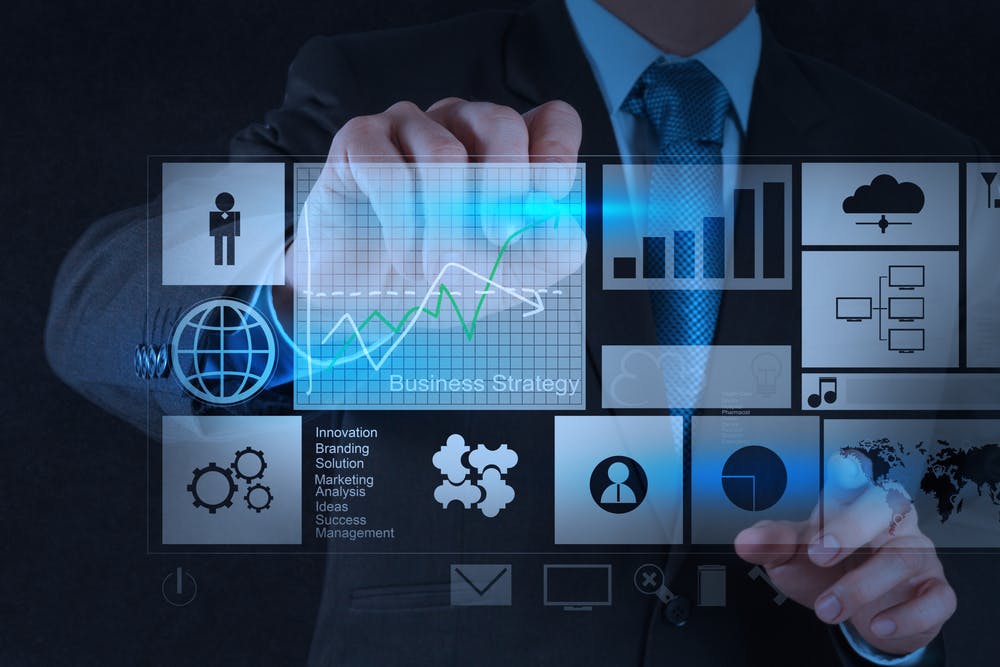TMA’s 2016 Human Capital Analytics Summit made it clear to me that despite the enormous financial benefit of an engaged workforce, the practice of collecting good data, providing thoughtful analysis, and applying that information to drive business results is in its infancy. But the potential to transform how we work is incredible.
Collecting and reporting HR data is nothing new. For many decades, companies have calculated turnover rates, surveyed employees on engagement levels, and used data to improve hiring and retention practices. These reports are often produced on a monthly basis, are limited in their complexity, and often only show data from a single data source.
Over the last decade, however, data management, consolidation, manipulation, and visualization tools have advanced tremendously — largely driven by efforts to better understand the consumer. Now these tools are being pointed inward and customized to the specific needs of HR, enabling a new level of analysis.
The differences among reporting, analysis, and HRBI
The majority of people attending the conference were operating as parts of small teams (no more than five people) inside large corporations. It also appears most of these positions and teams are relatively new (younger than two years old). This was true for established Fortune 50 companies, as well as brand-new Silicon Valley companies.
The next phase of HR, human resource business intelligence (HRBI), will represent the change of these teams from report providers responding to requests for information to teams proactively identifying issues and opportunities that will drive strategic decision-making for the company.
At this stage, information will be integrated into real-time dashboards, and analyst teams will operate advanced visualization tools that guide the organization into the innovation economy. HRBI will not only inform strategy; it will also identify best practices, problem areas, and high-performing managers and influencers across the enterprise. Analysis of informal networks and communication patterns will even improve the structure of the organization to better align with the actual work being performed.
I spoke with dozens of corporations and service providers at the summit. Most are in some stage of transition from providing reports at the request of executive leadership, but only a handful have matured to play a strategic role.
Connecting the last mile
Although there are many new companies entering what will become the HRBI space, the greatest potential impact will come as data tools are developed to the point that they can be deployed across the workforce.
With an estimated 45% of Americans working from home and many more working in small remote offices, the potential to provide intelligence on engagement and performance creates the opportunity to improve employee engagement after almost two decades of stagnation. This could also provide a platform to increase productivity as companies become more effective at supporting and empowering every employee in the organization, not just the executives.
This will also require the integration of new lightweight data and visualization tools that can be securely shared across personal devices. With the rapid turnover of younger workers and what are often high-turnover job functions, personal mobile devices will not only serve as distribution points for the company to disseminate this type of information, but they will also allow companies to collect it. Frontline employees can and should become more engaged in decisions as they not only touch the customer, but often can also provide unique insights into how to refine products and processes to better serve the customer.
Turning the corner in 2018
For companies that are just starting on this journey, the good news is that you’re not too late. Although the majority of companies are already building these small but efficient teams, most are still lacking capabilities and working through the complex internal processes of accessing multiple data sources. And even when that phase is complete, it will take time to develop enough historic data to fuel the next generation of employee tools.
In 2017, there will be a large influx of resources into the HRBI space as new companies continue to scale and existing consumer research companies recognize that much of their expertise can be transferred to this marketplace. This will further excite and accelerate the growth of the HRBI market.
In 2018, we will see case studies, best practices, and research that will connect these tools directly to the financial performance of companies. It will be much easier for those leading the HRBI transformation to justify the resources required for expansion. For the first time, ROI on many HR programs will be clearly understood, and resources will be aligned to have greater strategic and financial impact.
Companies that recognize and support the development of HRBI teams will gain competitive advantages as we continue the transition into the knowledge economy. Managers will be more effective at supporting teams, leaders will make better decisions, and employees will feel more empowered and engaged.
